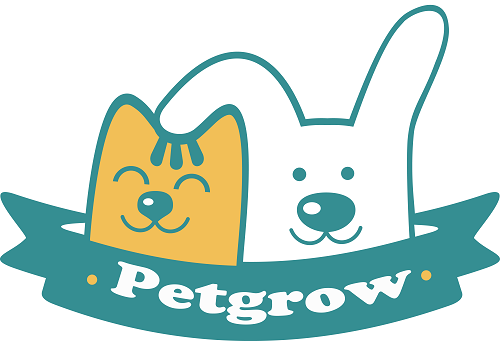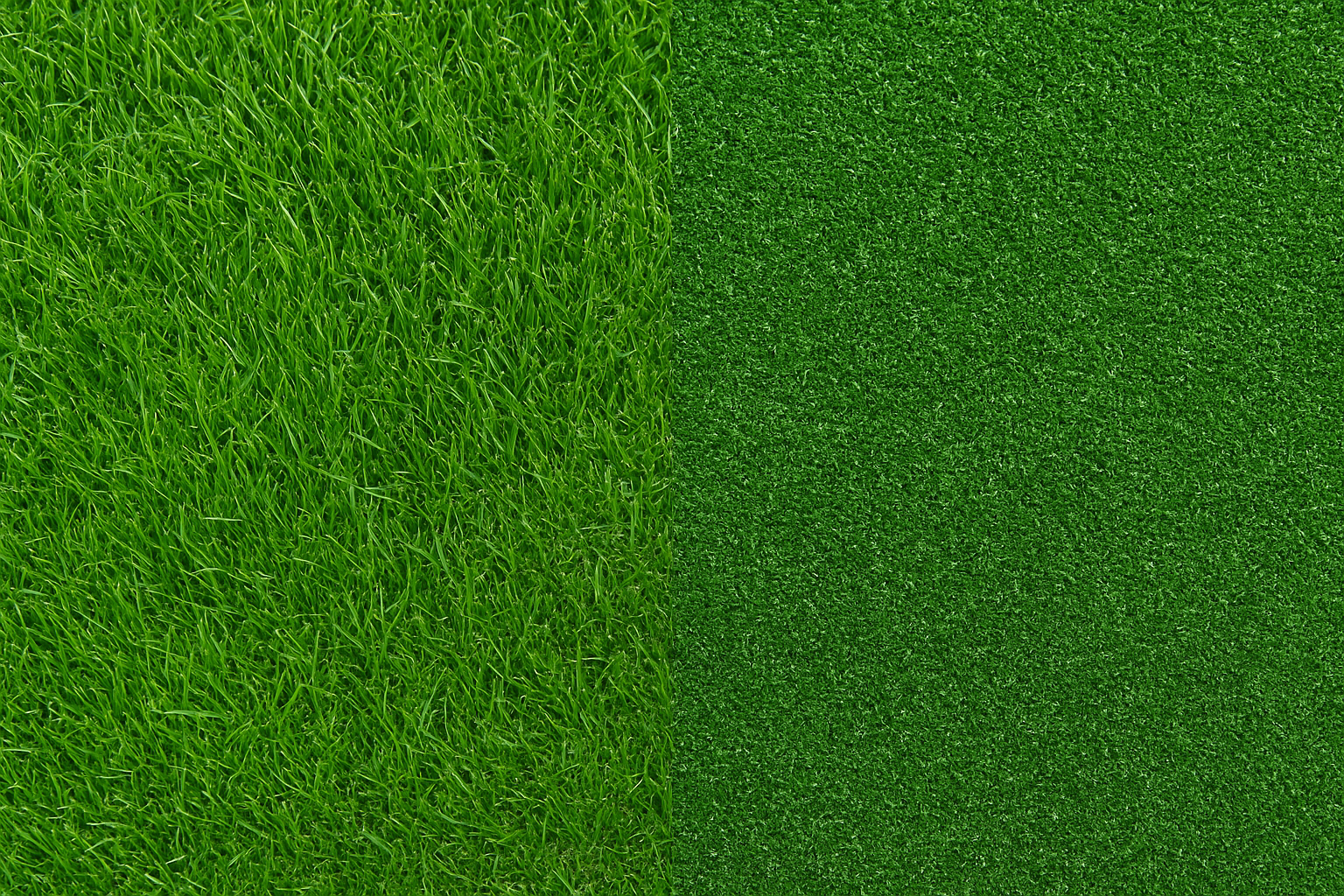When it comes to creating a beautiful green space, one of the first decisions homeowners face is whether to choose natural grass or artificial turf. Both options have their pros and cons, and the best choice depends on your lifestyle, climate, and maintenance preferences. In this guide, we’ll break down the key differences between grass and artificial turf to help you make an informed decision.
🌱 Natural Grass: The Classic Choice
Natural grass has long been the traditional choice for lawns, parks, and sports fields. Its soft feel and fresh scent can make any yard feel inviting. Here are some pros and cons of natural grass:
Advantages:
-
Provides natural cooling through evaporation.
-
Supports local ecosystems by offering a habitat for insects and birds.
-
Many people enjoy the look and feel of real grass underfoot.
Disadvantages:
-
Requires regular mowing, watering, and fertilizing.
-
Susceptible to pests, weeds, and diseases.
-
Can develop brown patches, muddy areas, and bald spots.
-
High water consumption, which can be costly and unsustainable in dry climates.
🌿 Artificial Turf: A Modern Solution
Artificial turf has become increasingly popular as a low-maintenance alternative to natural grass. Today’s artificial grass looks and feels incredibly realistic, offering numerous benefits for homeowners.
Advantages:
-
No need for watering, mowing, or fertilizing.
-
Stays green and lush year-round, regardless of weather.
-
Durable and resistant to wear and tear, even in high-traffic areas.
-
Helps conserve water — ideal for drought-prone regions.
-
Pet-friendly and easy to clean.
Disadvantages:
-
Higher upfront installation cost compared to sod.
-
Surface can get hotter than natural grass under direct sun.
-
Doesn’t support soil biodiversity.
👉 Looking to explore premium artificial turf options? Check out our PetGrow artificial grass collection designed for beauty, durability, and ease of maintenance.
🌞 Which Option Is Right for You?
Here are some key factors to consider:
-
Climate: If you live in a region with frequent droughts or water restrictions, artificial turf can help you save on water bills while maintaining curb appeal.
-
Maintenance Time: Natural grass demands ongoing care. If you prefer a hassle-free lawn, artificial turf may be the better fit.
-
Budget: While artificial grass costs more initially, it pays off over time by reducing water and maintenance expenses.
-
Purpose: For sports fields or pet areas, artificial turf offers a durable, clean solution.
Final Thoughts
Choosing between grass and artificial turf ultimately comes down to your priorities. If you love gardening and don’t mind the upkeep, natural grass can be rewarding. But if you want a green, pristine lawn without the work, artificial turf is a smart investment.
💡 Ready to transform your space? Browse our artificial grass options and discover how easy it can be to enjoy a picture-perfect lawn all year round!


Share:
How to Clean Artificial Grass: Keep Your Lawn Fresh All Year Round
Why Artificial Turf Carpet Is the Perfect Choice for Indoor and Outdoor Spaces